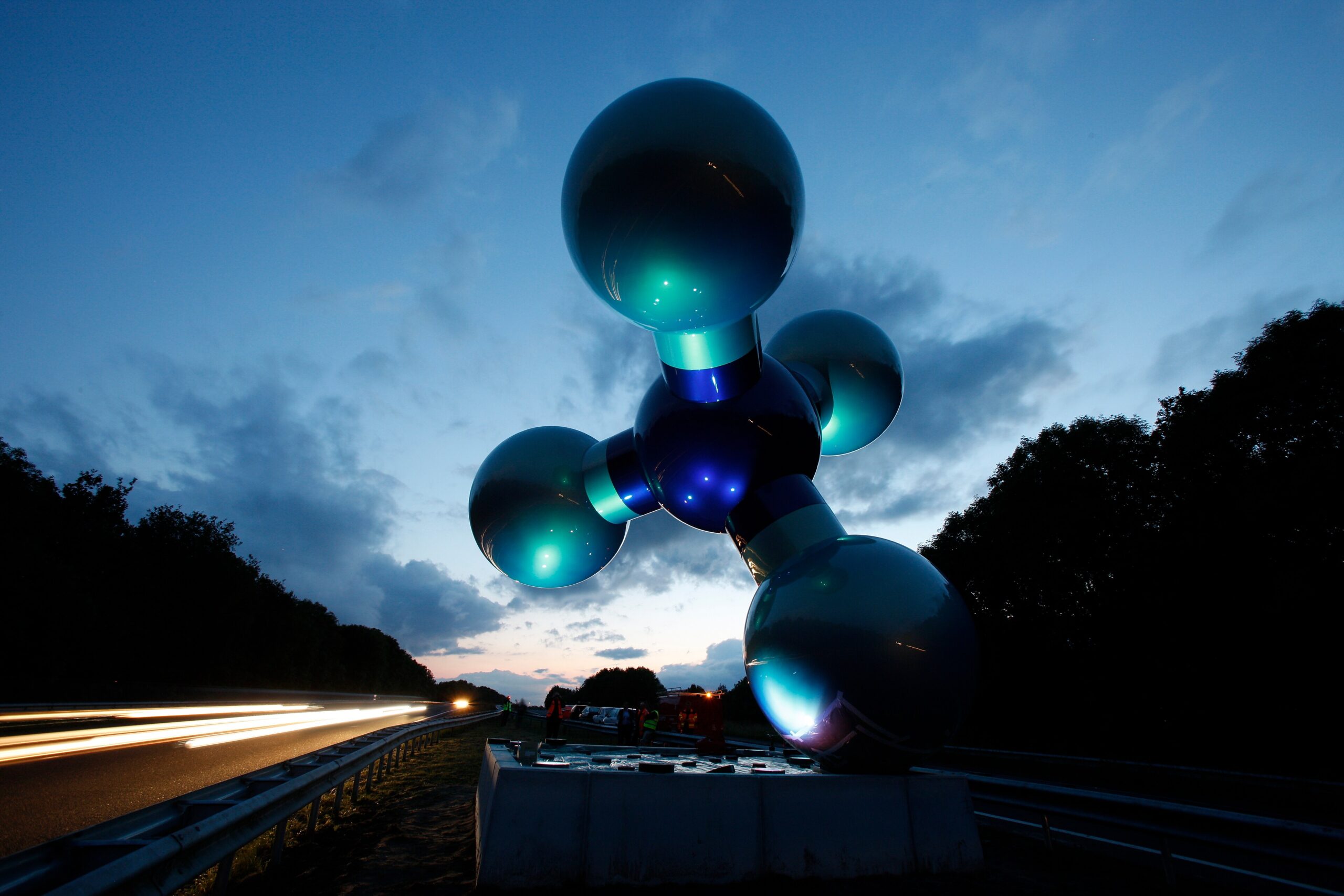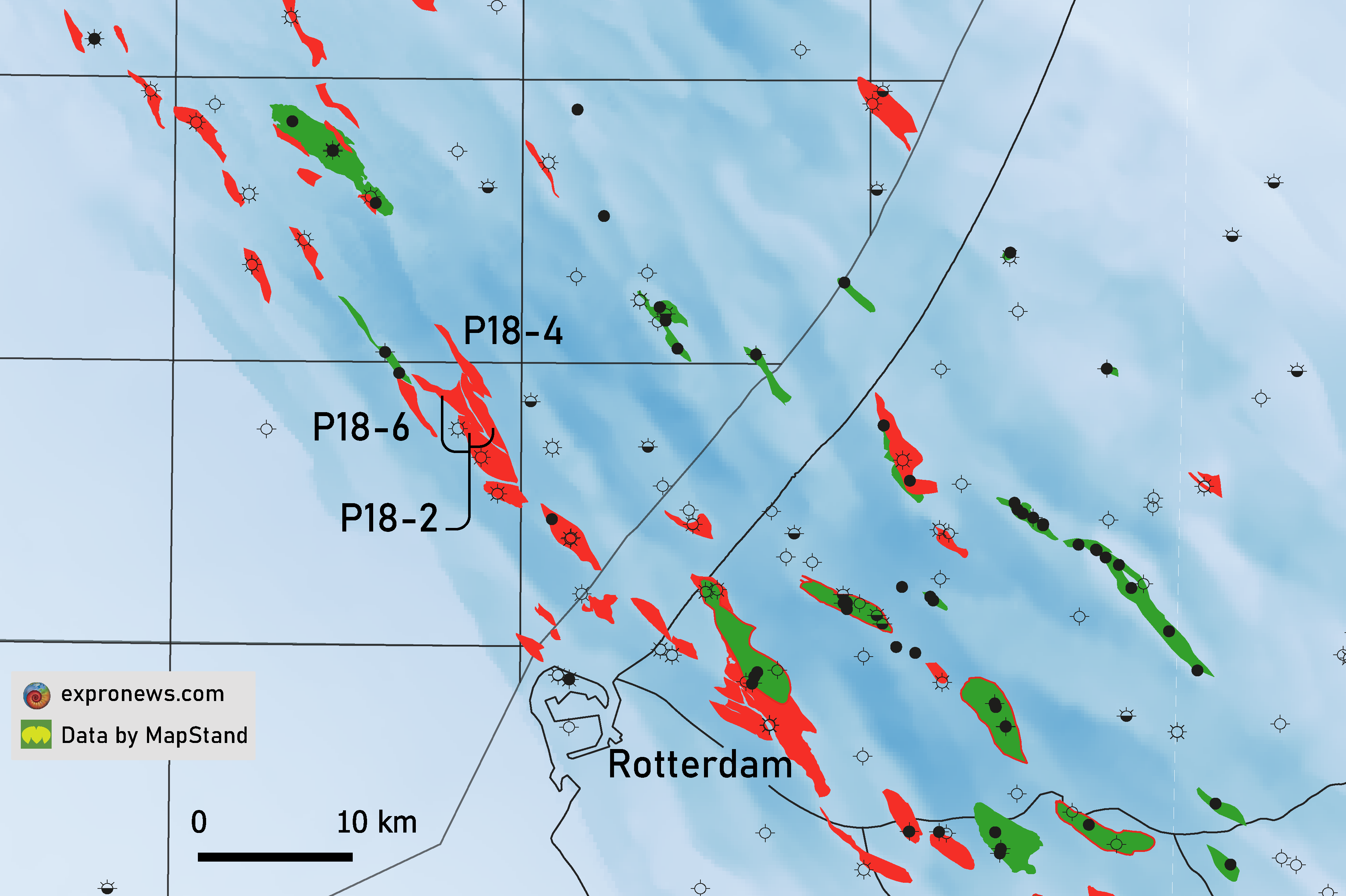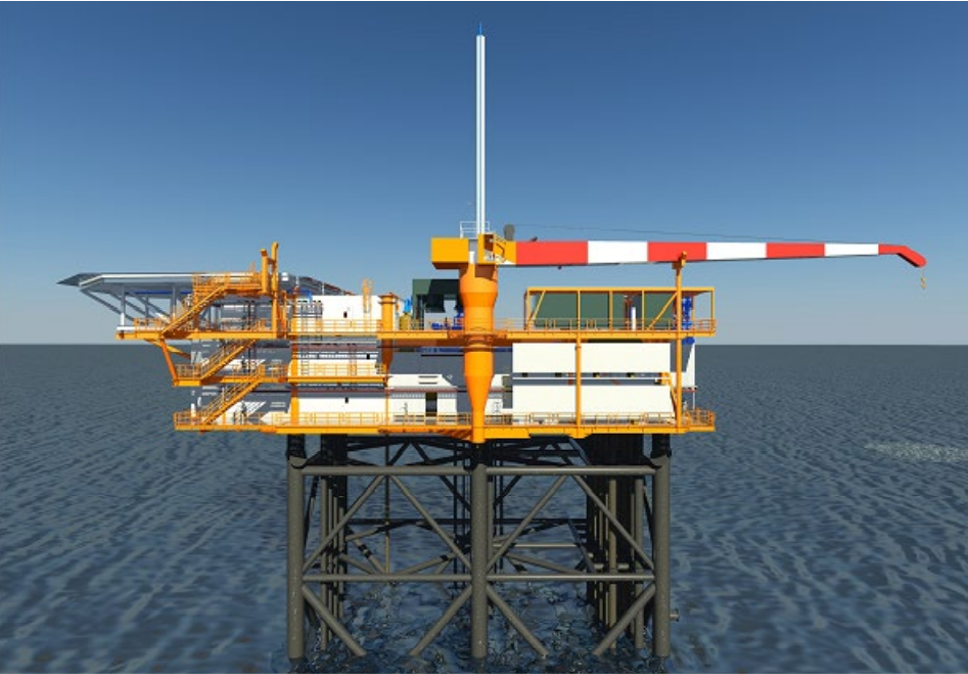Wintershall Noordzee (a 50:50 Joint Venture of Wintershall Dea GmbH and Gazprom EP International B.V.) has started up production from well D12-B3, a side-track from the Sillimanite South field discovery well D12-08 that was drilled last year (see map). The conversion of the exploration well directly into a production well is not very common and is therefore testament to the agile way the field was put on stream.
Gas from Sillimanite South will be transported via the D12-B Sillimanite platform towards the D15-A platform and will subsequently be piped onshore Netherlands through the NGT pipeline.
Carboniferous reservoirs
The reservoir of the Sillimanite field consists of fluvial sandstones of the Ketch Formation of Upper Carboniferous age, sealed by mudstones from the Permian Silverpit Formation. It is anticipated that similar sandstones form the reservoir in Sillimanite South as well, but more details than a “Carboniferous age” are not available to date.
Looking at the discovery well of the Sillimanite field (UK well 44/19a-8), gas was proven in the uppermost Ketch sandstones close to the Base Permian unconformity (free water level at 3815 m MD). The well terminates more than 400 m deeper in the Caister Formation though, so it may be expected that additional prospective reservoirs had been anticipated prior to drilling, which probably included some element of intra-Carboniferous sealing as can be seen in the other fields in the area such as Cavendish and Pegasus North.

See Winterhall Noordzee press release here.
HENK KOMBRINK





